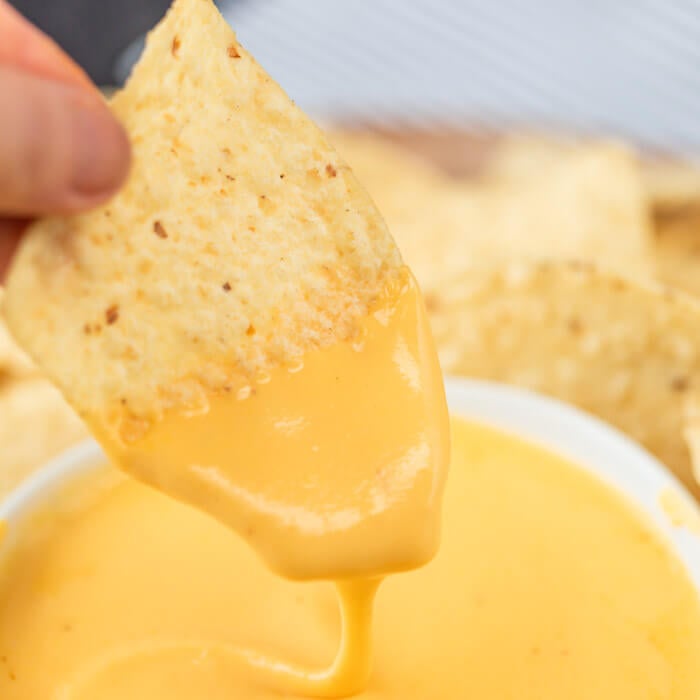Our "The Art of Butter: Exploring its Many Culinary Uses" Diaries

From Farm to Table: The Journey of Butter Production and its Sustainability Impact
Butter is a standard active ingredient in lots of cuisines around the world. Whether it's made use of for baking, cooking food, or simply spreading out on tribute, butter incorporates richness and taste to our favored dishes. But have you ever before asked yourself about the experience butter takes from the ranch to your table? In this post, we will definitely check out the procedure of butter creation and its sustainability impact.
The journey starts on the ranch, where cows eat on rich green fields. These cows generate dairy, which is the major element in butter. Dairy products planters work hard to guarantee that their cows are well-fed and well-balanced, as this directly influences the premium of milk they produce.
Once the milk has been collected from the cows, it is moved to a dairy products processing location. Listed below, it undertakes numerous steps to turn it into butter. The 1st step is pasteurization, which involves heating the dairy to eliminate any damaging bacteria. This makes sure that the ultimate product is risk-free for consumption.
After pasteurization, cream is separated from the milk utilizing a centrifuge maker. Cream consists of a much higher concentration of fat compared to whole milk and is important for creating butter. The lotion is at that point transferred to a churner or blender.
The churning method includes agitating the lotion until it gets to a specific consistency. This results in body fat particles in the lotion to barge with each other and different coming from buttermilk. Typical turning techniques entail using wood churners or hand-operated churns while contemporary strategies use technical mixers.

Once spinning is total, two distinct products are acquired - solidified fat known as butter and liquid buttermilk. Buttermilk may be used in different recipes or sold independently as a by-product.
The recently produced butter goes through one more vital step phoned washing or kneading. This involves including cold water to remove any sort of continuing to be traces of buttermilk coming from the butter solids. Washing also helps enhance the structure and prolong the shelf lifestyle of butter.
After clean, the butter is shaped right into blocks or formed into sticks and packaged for distribution. It is then transported to grocery store establishments, markets, and eventually finds its technique to your desk.
Now permit's go over the sustainability effect of butter production. Like any type of agrarian product, butter development has both beneficial and negative ecological implications. One of the major issues is related to property usage. Dairy ranch needs big locations of land for grazing cows and expanding pet feed crops such as corn or soybeans. Another Point of View may lead to logging, environment loss, and ground deterioration if not managed sustainably.
An additional sustainability worry is water utilization. Dairy products farming includes substantial water consumption in a variety of stages of manufacturing - coming from cow moisture to cleaning equipment in processing amenities. Reliable water management methods require to be carried out to decrease water waste and make sure lasting make use of.
Additionally, green house gasoline emissions are a considerable issue in dairy ranch. Cows create marsh gas fuel in the course of food digestion, which is a strong garden greenhouse gas that provides to environment adjustment. Efforts must be made by planters to decrease methane discharges by means of better herd management practices or alternative feeding methods.
On the various other palm, there are likewise positive aspects of butter production when it comes to sustainability. Sustainable dairy farming practices include rotational pasture units that ensure ground wellness and minimize destruction. Additionally, some farms commit in replenishable electricity sources such as sun doors or biogas digesters to lower their carbon footprint.
Furthermore, there has been an boosting emphasis on packaging sustainability within the milk business. Lots of firms are right now utilizing eco-friendly components for butter packaging like compostable containers or newspaper wrappers as an alternative of plastic.
In verdict, the trip of butter manufacturing entails several actions from farm to desk. The process starts with healthy cows generating milk that undertakes pasteurization and separation before being turned into butter. The ultimate item is then cleaned, packaged, and distributed for usage.
Having said that, it's significant to look at the sustainability impact of butter production. Property usage, water usage, and green house fuel exhausts are significant problems that require to be attended to. Executing maintainable farming practices, efficient water management, and exploring replenishable electricity sources can aid mitigate these ecological problem.
It is also important for individuals to support maintainable butter manufacturers through making informed choices and assisting brands that prioritize environmental conservation. Through understanding the quest of butter manufacturing and its sustainability impact, we can easily create aware decisions that ensure a more lasting food items body in general.
